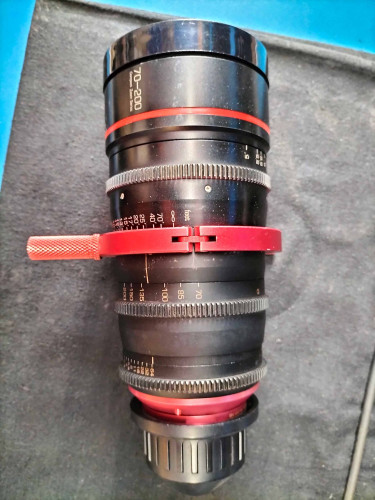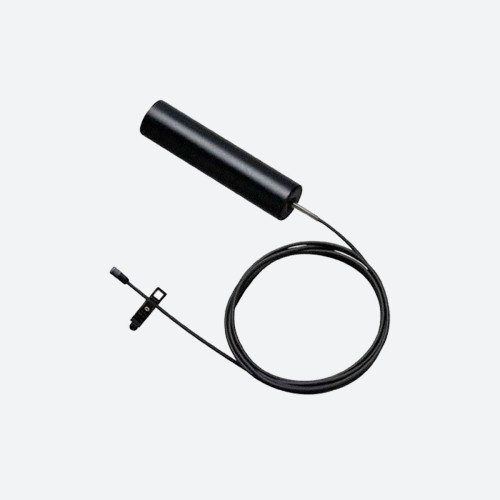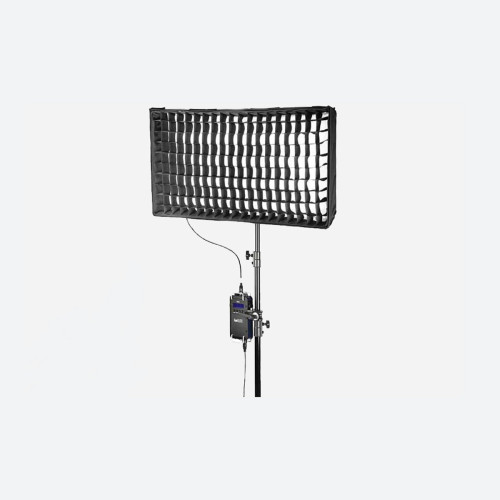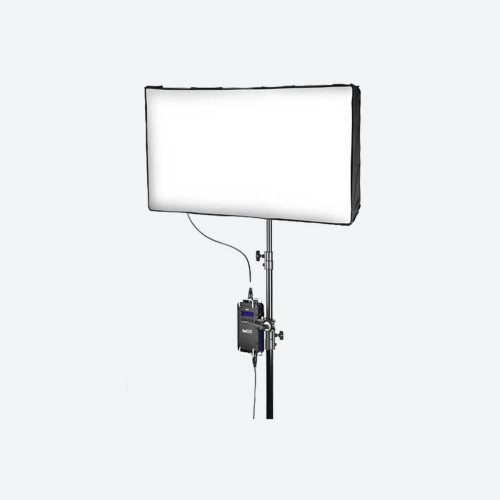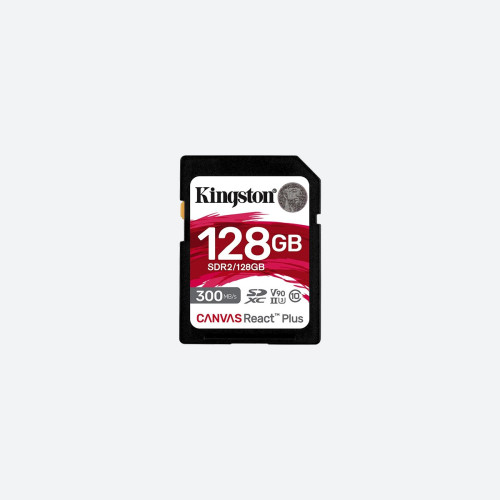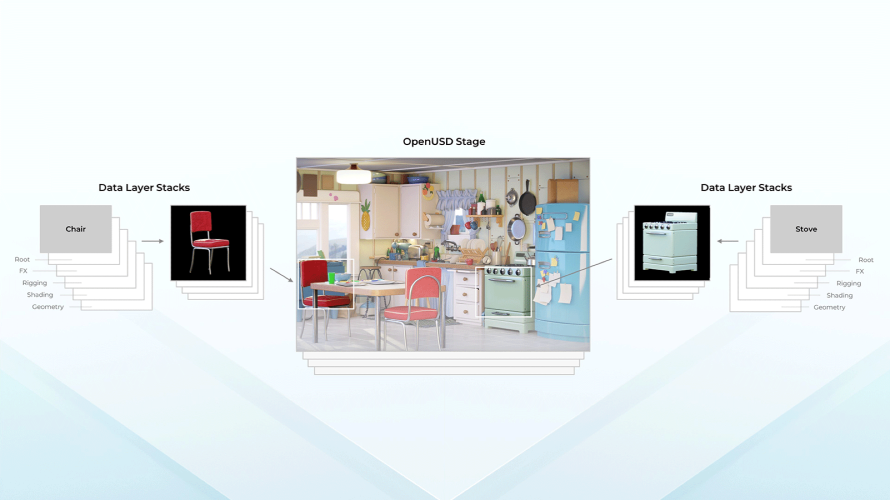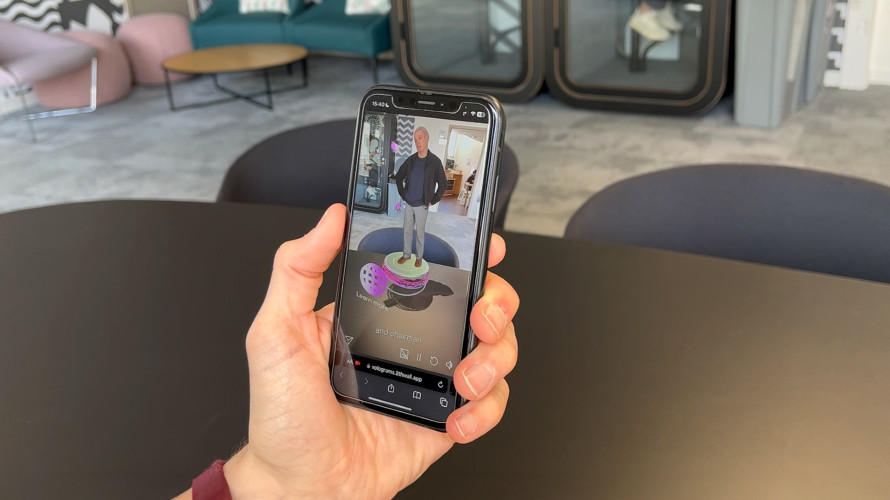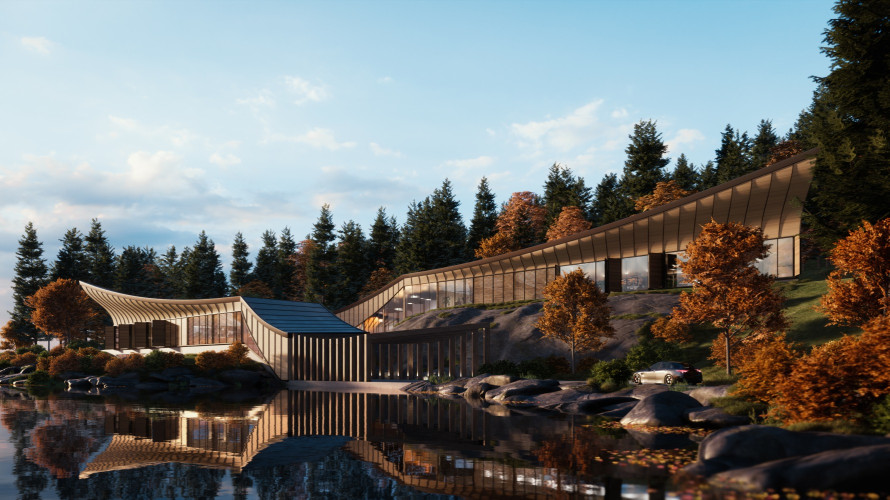The idea of S-3D is not hard to grasp: one image for each eyeball. But making it work well enough to maintain the 3D illusion for the viewer is far from simple or straightforward. The fun starts with acquisition that breaks into two types of operation; live (no post production) and not live (with post).
Shooting 3D requires acquiring two streams of video which usually involves two sets of cameras and lenses as well as some sort of support structure to keep them both pointing in the right direction and working in harmony. Although the technical performance of modern cameras and lenses is generally excellent, getting two channels to be exactly the same is still not straightforward. Nor is correctly ‘pointing’ them either.
Sports is recognised as the biggest draw for television audiences and so it’s no surprise that sports channels have been first out of the blocks for 3DTV – HD of course. What they want is live coverage and this has really dropped 3D engineers straight into the deep end of the 3D shooting pool, as getting it right for live broadcasting is much more demanding than shooting for a recorded output.
Among the requirements are zoom lenses. Back in the 3D-film days they took the easy way out – avoiding zoom lenses by only using primes, but it still took a huge amount of time – months – to ‘process’ so that it would be OK for the audience. Even so the end result was often only accurate enough to watch in short sessions before the dreaded headache broke out. Also this method of shooting lacked flexibility as any required change of focal length meant that shooting had to stop for half an hour to set up a new pair of lenses. No good for live sports!
The use of zooms presents major challenges for a number of reasons. They must be kept in step so their focal length is always matched – all through the zoom range. Also, as the operation of zooming requires that the lens glass rotates, any slight aberration of one lens will show up when compared to the output of the other lens. Zoom lenses can slightly displace areas of the image as the glass goes around. This is not noticeable in a 2D shoot but it can look strange in 3D.
Another requirement for sports is long zooms. If you simply extend the focal length, as normal, then the far away subjects take on a rather ‘cardboard cut-out’ look. They appear flat with no detail in the third dimension. Humans have a fixed distance between their eyes (interocular distance, usually assumed to be 63.5 mm) and cannot see 3D detail beyond about 15m away. We can sometimes get around this by moving our heads. Unlike humans, 3D camera rigs have the flexibility on camera rigs to resolve the problem by increasing the distance between the cameras – so increasing the ‘interaxial’ distance (between the axes of the two lenses) in step with the focal length. At the same time the convergence of the cameras, the angle that they point towards each other, may need adjusting so that the two axes continue to converge on the same point. This point will appear to the viewers to be at their screen’s plane, not in front or behind.
To make this all happen together so the cameraman can get on with his shot without having to continuously make many perfectly coordinated adjustments, the rig is usually supported with a box between the two cameras. It works out what’s happening and keeps everything working smoothly. Sony has such a ‘3D Processor Box’, as does 3ality Digital and others. Simply put, the box makes shooting live 3DTV possible.
There are two main types of rig. The ‘split beam’ type uses mirrors to direct the light to the two cameras. You can easily spot these as one camera is mounted vertically, usually low down on the rig. This disposition of cameras allows the interaxial separation to be reduced to very small distances, making these the rigs of choice for close-ups and in-studio work; and there are lightweight rigs suitable for portable use with Steadicam. Drawbacks are that the mirrors reduce the light to the cameras by one stop, partially polarise the light and can cause slight ghosting. For longer-range shots any curving of the mirrors will cause additional distortions. For all longer shots the side-by-side style of camera rig is generally used. There are no mirrors and full freedom to use the wide interaxial separation preferred for long distance 3D shots. There are many 3D rig suppliers on the market including 3ality Digital, P+S Technik, SwissRIG and many more.
Shooting 3D for non-live productions does not have to use automated rigs and processor boxes as many 3D adjustments of the material can be made in post. So before shooting it would be wise to tell your proposed post facility what you require, based on what you will be shooting. That way they will know what’s needed in the way of corrections. The rig should be set up accordingly and so avoid any surprises when post work starts. As ever, getting near to the required result ‘in camera’ is the best policy. It may well be that sorting out convergence can be left to post, in which case the cameras can be set converging on infinity – i.e. fixed parallel – with a sensible interaxial setting that takes some account of the focal length used.
There are ‘off-the-shelf’ 3D camera packages available. Polecam offers two side-by-side set-ups as 3D-Narrow and 3D-Wide. Panasonic offers its all-in-one Full HD 3D P2 camcorder available later this year. There are rumours of a Sony EX3 3D package coming soon. These cameras should make shooting 3D easier and cheaper but may be limited in flexibility such as interocular distance.
Most of what we have now for shooting is designed for the most active areas of 3D, which is the top-end professional market for movies and big TV sports events. However the ‘camcorder’ section of the market is coming to life so was can expect a much broader range of products shortly.




